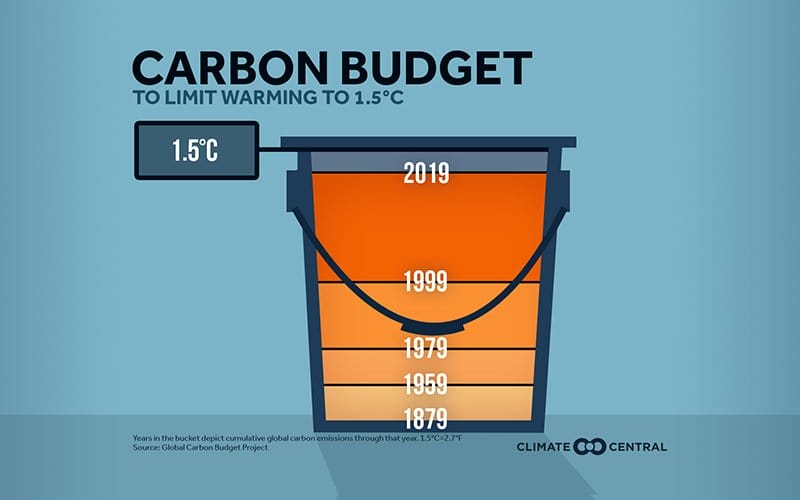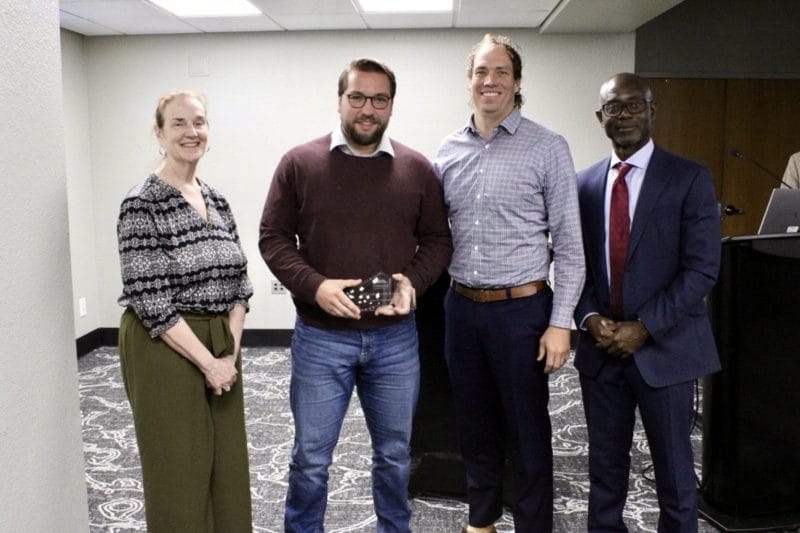Graphic by Olivia Dow/Cronkite News
By Olivia Dow| Cronkite News
Phoenix is the fifth largest city in the nation and is working to address the consequences of human-caused climate change, such as poor air quality, drought and extreme heat.
PHOENIX – Locals are familiar with extended days of extreme heat in the summer – but they might not realize the average temperature in Phoenix has increased 4.3 degrees Fahrenheit since the 1970s, according to Climate Central.
The rising heat, along with the ongoing megadrought and persistently poor air quality, are driving issues behind how the country’s fifth-largest city plans to address climate change.
The City Council approved the updated Climate Action Plan on Oct. 12, 2021, just a few weeks before COP26 – the United Nations sponsored conference that brings countries together to discuss climate change – took place in Scotland.
COP26 set goals for leaders to develop and bring back home, most notably how to reach net zero carbon emissions by 2030 and limiting the increase in global temperatures to within 2.7 degrees Fahrenheit. The city’s updated plan is in line with those goals.
“By focusing on COP26, it provides a little bit of pressure for cities to step up because if cities don’t make some of these changes, there’s no way the federal government can actually achieve the commitments it’s promised. So it goes both ways,” said Sonja Klinsky, a professor at Arizona State University’s School of Sustainability. “There’s a chance for cities to put pressure on the federal government and for the entire global community to put pressure on cities to step up and do more.”
Phoenix is one of the fastest warming cities in the country according to a report by Climate Central, and a drought that has stretched over two decades is a concern for the entire state.
The U.S. Drought Monitor reports that over 50% of the state is experiencing drought conditions, as of Dec. 28, 2021. Lake Mead, a part of the Colorado River system that provides water to 40 million people in the Southwest, hit record low water levels last year, prompting first-ever cutoffs to farmers in Arizona and other states in 2022.
Phoenix’s action plan







